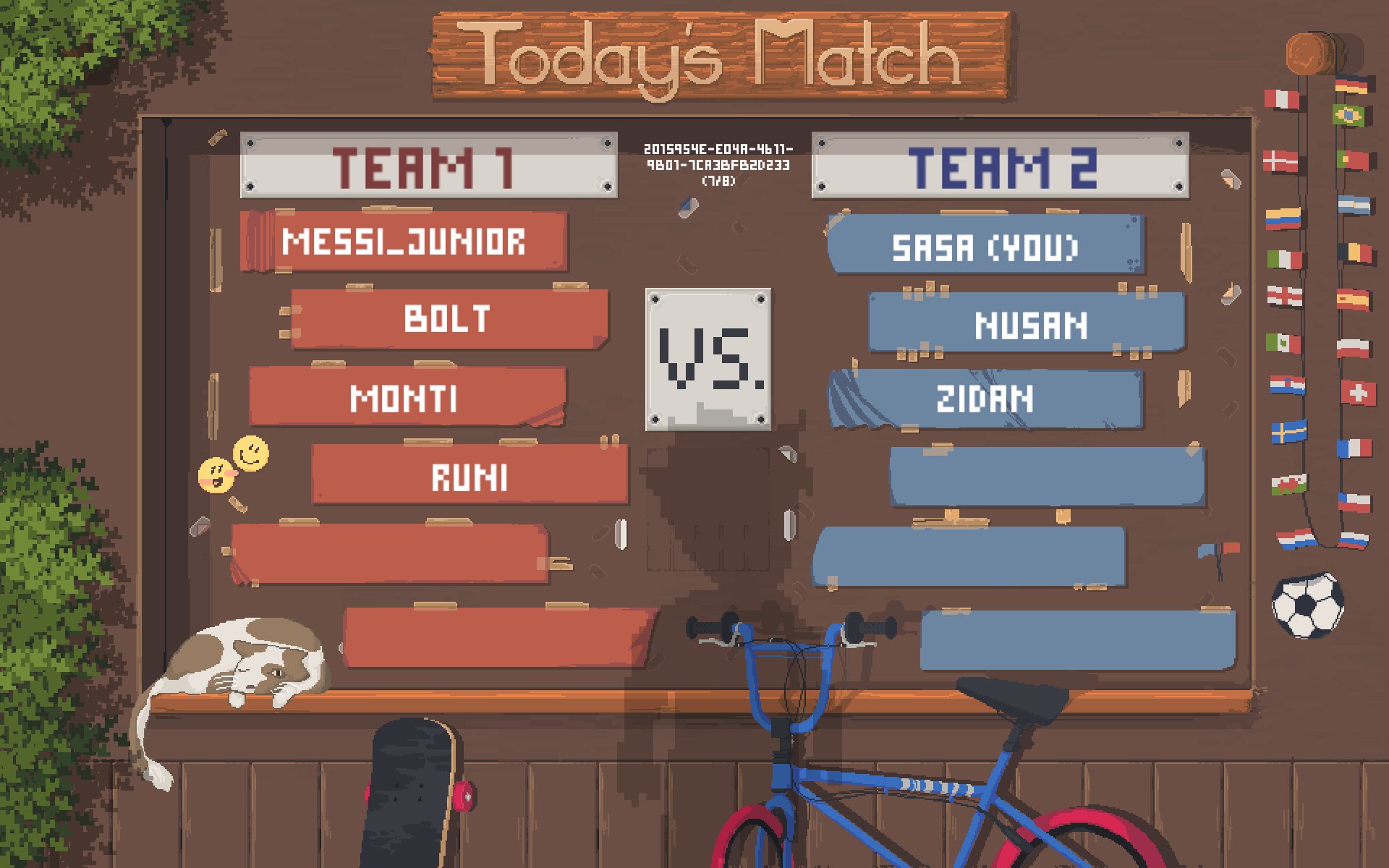

Parents who sought, in countless other ways, to minimize risks to their sons eagerly signed them up to play. As the popularity of the sport grew, fans simply accustomed themselves to, and even cheered on, the ruinous hits that occurred in plain sight. Whenever the sport faced a serious public-relations crisis, coaches and administrators found ways to tweak the rules or adjust the equipment in an effort to reduce the most catastrophic harms. Especially at moments when other major elements of American culture came under scrutiny-for instance, during the Great Depression and amid the massive social transformations of the early Cold War years-the undercurrent of concern about the sport bubbled up: Was such a risky activity ethically acceptable for schools to host and for children to participate in?īut time and time again, football’s supporters found a way to ignore the doctors and educators who warned of concussions and other debilitating injuries.

#Elementary football story series
Since the dawn of football in the late 19th century, a series of fatality reports, medical studies, and journalistic critiques have periodically coalesced into a national conversation about the sport’s safety. Read: How students’ brains are in danger on the field To continue to feign ignorance of them-to keep letting boys not yet in their teens play tackle football-is not just unwise, but an abdication of moral responsibility for children’s welfare.

In fact, the physical harms associated with the sport have never been in any doubt. Today’s concussion crisis might give the impression that these dangers were not well understood in the past. In the past decade or so, the early deaths of NFL players by suicide and other causes-not to mention the growing body of scientific literature on chronic traumatic encephalopathy, a brain ailment associated with repeated concussions-have drawn new attention to the dangers of tackle football. Billions of dollars in television contracts, the very identities of major colleges and universities, and the Friday-night rhythms of communities across the United States are all tied to the gridiron. Today, children as young as 5 can begin tackling one another. Feeder systems quickly developed for their elementary- and middle-school counterparts. Football not only overtook baseball as America’s most-viewed televised sport, but it also became by far the most popular sport played by American high-school boys. More than 120 years and many thousands of severely injured young men later, football sits, as the sports economist Michael Leeds once put it, “like a colossus across the landscape of American sports.” Despite both established medical knowledge and commonsense understanding that engaging in repeated collisions poses extraordinary physical hazards, adults promoted football for boys of all ages throughout the 20th century. Otherwise, the sport would “physically ruin thousands of young men.” The quest for victory resulted in frequent impacts to opposing players that would “strain their hips, break their noses, and concuss their brains.” Should football overtake baseball as America’s national game, the Tribune advised, it would need to be profoundly reformed. Unlike in baseball, cricket, or other popular activities of the day, teams of young athletes repeatedly collided with one another as a key component of the emerging game. In the 1890s, the Chicago Tribune began to sound the alarm about a dangerous new sport.


 0 kommentar(er)
0 kommentar(er)
